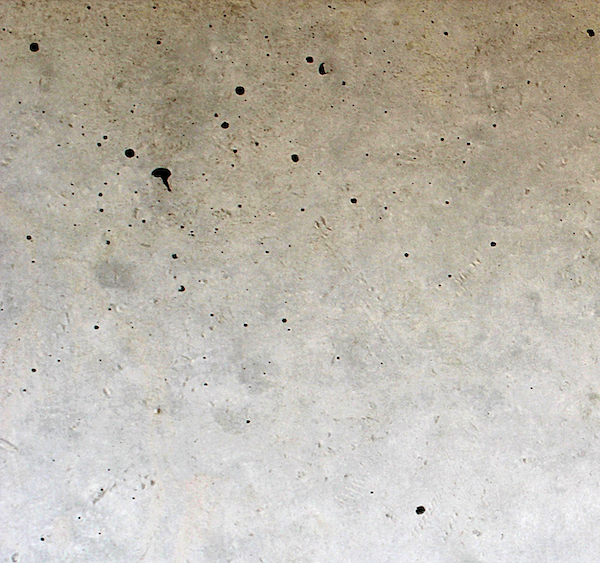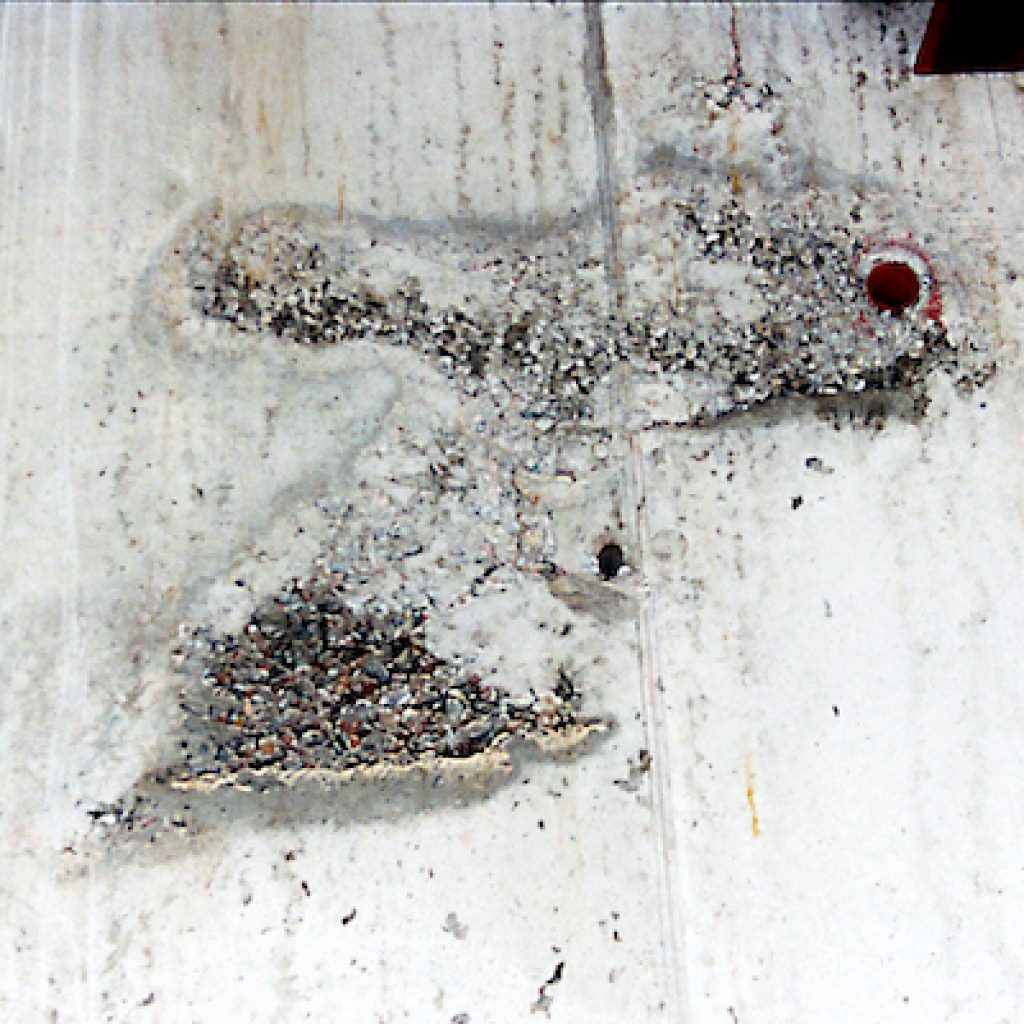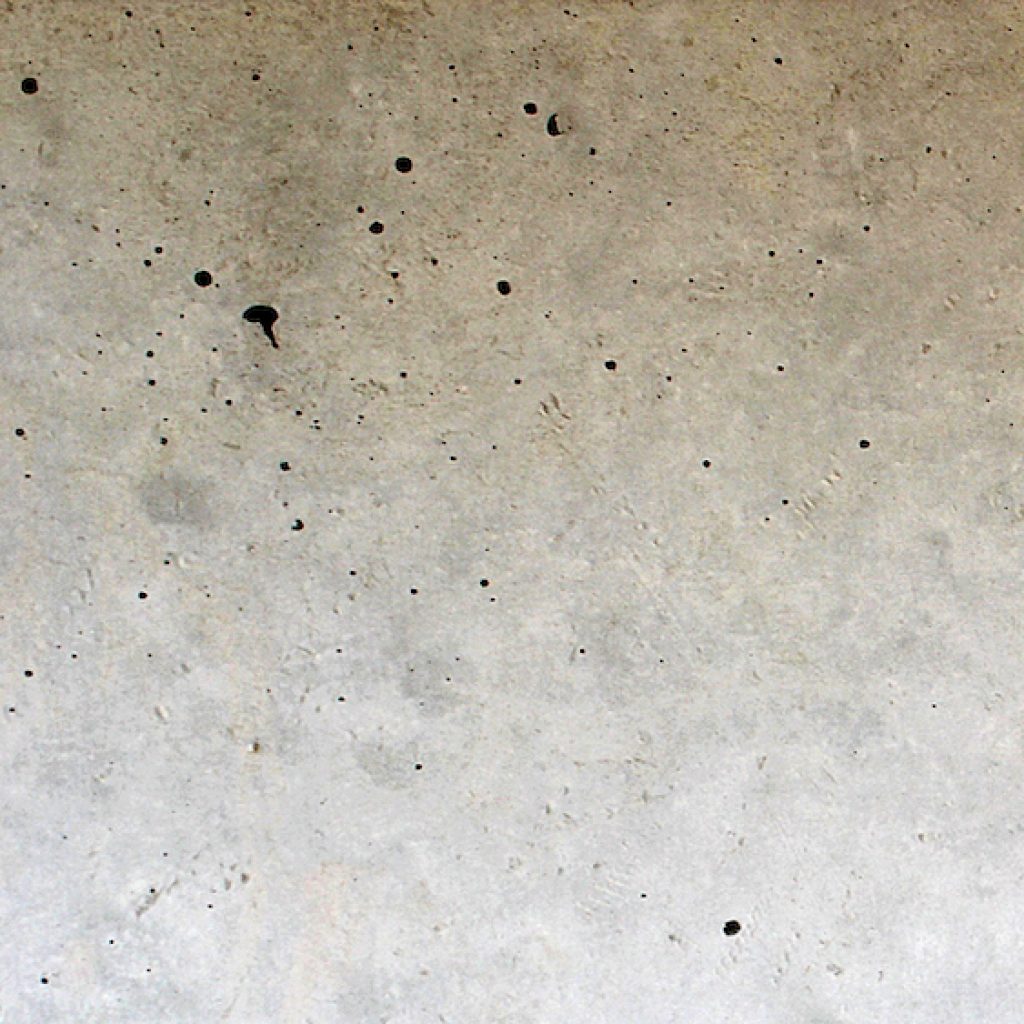

The durability of concrete is exceptional and well-recognised but sometimes operational errors or unforeseen circumstances can cause unsightly superficial surface damage. Here Bryan Perrie, Managing Director of The Concrete Institute (TCI), provides guidance on the types of defects likely to be encountered and the types of materials available for repairs:
The quality of any cast concrete product depends on material selection, equipment used and workmanship. Surfaces of acceptable quality and accuracy are difficult to achieve and, depending on functional and aesthetic requirements, some repairs may be necessary. Repairs may also be necessary where surfaces are damaged in service.
Minor defects include:
- Small cavities: such as those formed by tie‐bolts and impact damage to the surface.
- Honeycombing: concrete in which mortar is partially or completely absent, caused by mortar loss during placement, or segregation of the stone and mortar.
- Misplaced surfaces: usually the result of incorrectly aligning or positioning formwork, or movement of formwork during concrete placement. Under- or over-filling of formwork may also be the cause.
- Blowholes: relatively small voids of roughly spherical surface shapes formed against formwork or moulds, usually caused by inadequate compaction of the thin layer of concrete in contact with formwork, or incorrect mould release agent for the particular type of formwork.
Basic types of repair materials:
Repair materials are formulated to reduce the likelihood and severity of cracking. This is done by reducing potential drying shrinkage which will reduce the tendency to crack. Two approaches are possible:
- The use of “semi‐dry” mixtures of cement, water and aggregate, compacted by being rammed into position. Semi‐dry mixtures have low water content and therefore very low potential drying shrinkage and consequently resistance to cracking. But water content is critical: if too low, thorough compaction is impossible; or if too high, the repair may slump or crack. These mixtures can be used only in confined spaces such as cavities and, ideally, applied by trained, experienced and skilled operators.
- The use of plastic mixtures of cement, water, polymer emulsion and aggregate (polymer‐modified mixtures) applied by trowel or spatula to reduce the amount of water required for a given consistence. The hardened material, which incorporates a 3D network of coalesced polymer, exhibits greater creep and toughness. Consequently, potential drying shrinkage is relatively low; tensile stresses resulting from restrained shrinkage reduced; and cracking significantly reduced.

Selecting materials for repairs:
Repair materials are mixtures of cement, water and aggregate, with the possible inclusion of a polymer emulsion.
- Cement must meet the requirements of SANS 50197 for Common cement and the National Regulator for Compulsory Standards (NRCS) requirements as detailed in NRCS VC9085. Bags should be clearly marked with the strength grade, notation indicating composition and a Letter of Authority (LOA) number issued by the NRCS. To verify valid LOA numbers, contact the NRCS on 012 428 5199 or www.nrcs.org.za.
- Water that is potable from a municipal simply is suitable but if from other sources needs testing to establish acceptability.
- Maximum aggregate particle sizes must not exceed a quarter of the thickness (or least dimension) of the repair and, preferably, be spherical. If such materials are unavailable, particles should be rounded or roughly cubical or “chunky”. Flaky and elongated particles should be avoided.
- Sand used for repair work should have particle sizes ranging from dust to the largest size. Sands with similar-sized particles produces mixes with poor workability and high water requirement, and should be blended with other sands to improve grading.

The following aggregate types, blended where necessary, may be suitable for repair work:
- Plaster sand: Useful for blending with a coarser sand to improve workability or on its own for making priming slurry and filling blowholes.
- Concrete sand: Naturally derived pit sands or river sands and well‐shaped crusher sands, with coarse particles removed by sieving if necessary and blended with a finer plaster sand.
- Stone pebbles and crushed stone with well‐shaped particles.
- Polymer emulsions, formulated for use with cement, obtainable from specialist suppliers. Such emulsions should be based on styrene butadiene rubber (SBR) or acrylic.
For more information, visit www.theconcreteinstitute.org.za or phone info@theconcreteinstitute.org.za
More news
- PART 2: DESIGN AND CONSTRUCTION OF SLAB-ON-GROUND: APPLYING ACI 318
- DESIGN AND CONSTRUCTION OF SLAB-ON-GROUND: APPLYING ACI 318
- DOK-ING’s innovative electric mining equipment unveiled at ElectraMining
- CONCOR’S MASTERY IN FAST TRACK PROJECT IMPLEMENTATION UNDERSCORED BY SAFETY AWARD
- PROMINENT SEA POINT HOTEL REFURBS WITH REHAU

